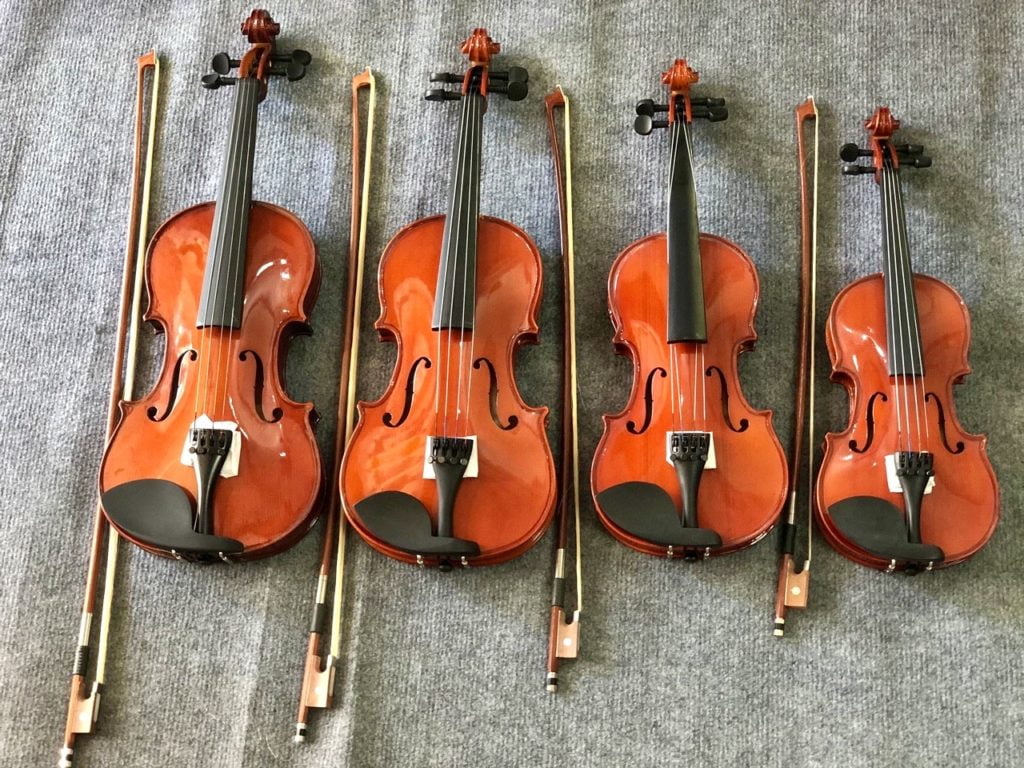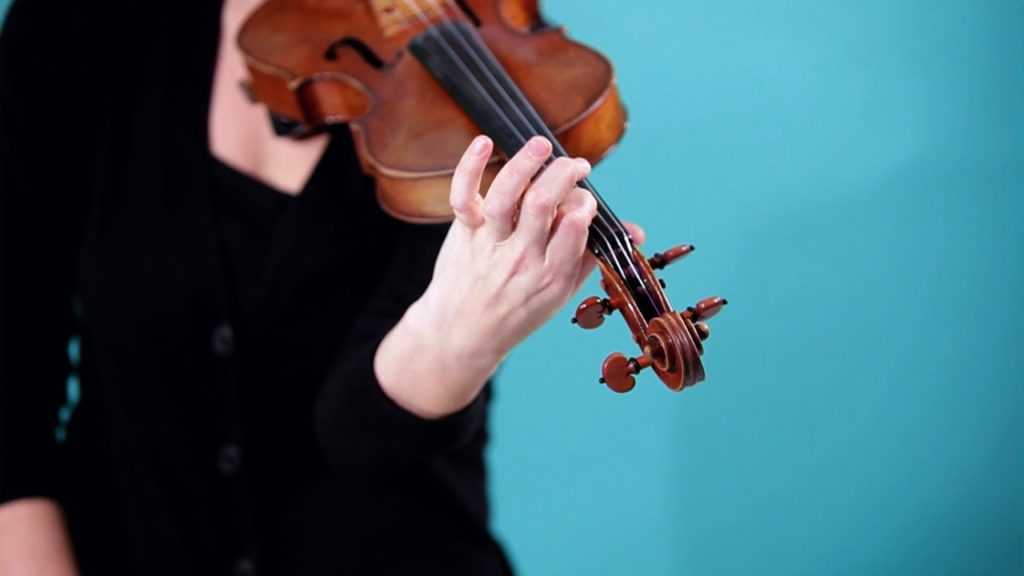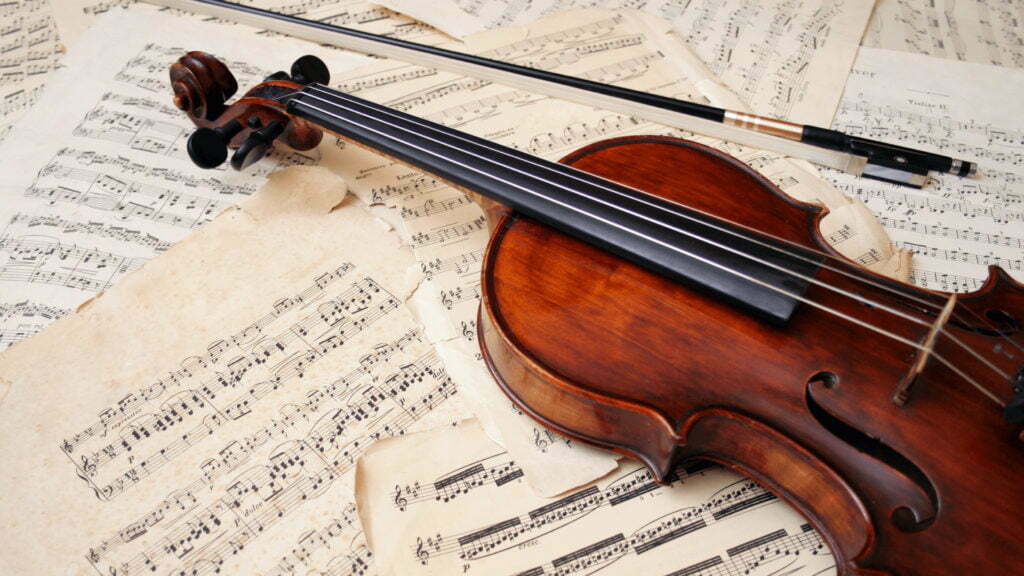How to Play the Violin
The violin is a beautiful and expressive instrument that has been captivating audiences for centuries. Whether you've always been drawn to its melodic tones or are simply looking for a new musical challenge, learning to play the violin can be a rewarding and fulfilling journey. In this article, we will provide a beginner's guide on how to play the violin, covering essential steps, techniques, and tips to help you get started on your musical adventure.
How to Play the Violin
Acquiring a Violin
Before you can begin playing the violin, you'll need to acquire one. There are different types of violins available, ranging from student models to professional-grade instruments. If you're a beginner, it's recommended to start with a good quality student violin within your budget. Consider renting a violin initially to gauge your commitment and interest before making a long-term investment.

Proper Holding and Positioning
One of the first things you'll learn as a beginner violinist is the proper way to hold and position the violin. Start by placing the violin's chinrest on your chin, supporting the weight with your shoulder and collarbone. Your left hand should hold the neck of the violin, with the thumb resting lightly on the back. The right hand will hold the bow, with the pinky, ring, and middle fingers curved around the bow and the index finger on top.

Bowing Technique
Mastering bowing technique is essential to produce beautiful and consistent sounds on the violin. Begin by practicing the basic bow hold, ensuring a relaxed grip and a curved hand shape. Experiment with different bowing pressures, angles, and positions to produce various tones and dynamics. Practice straight bowing across the strings, focusing on maintaining a smooth and even sound.
Finger Placement and Intonation
Learning proper finger placement and intonation is crucial for playing the correct notes on the violin. Start by familiarizing yourself with the fingerboard and the placement of the different notes. Use your left hand fingers (index, middle, ring, and pinky) to press down on the strings at specific points to produce different pitches. Practice scales, simple melodies, and exercises to develop your finger dexterity and intonation accuracy.

Tune the Violin
For beginners learning to play the violin, one of the fundamental skills to develop early on is tuning the instrument. While it may seem like a simple task, regularly tuning the violin has several important benefits that contribute to your progress and overall musical experience. The easiest way to tune a violin for a beginner is to use a violin tuner or a chromatic tuner. That’s great! In our Guitar Tunio app, you can find both of these tuners. The app features a reliable tuner for the ukulele, guitar, and many other stringed instruments, a rich chord library, and even more. This app is available on the App Store and Google Play, check it out to explore.

Reading Sheet Music
To play the violin, you'll need to learn how to read sheet music. Familiarize yourself with the staff, notes, and different symbols used in musical notation. Start with simple exercises and gradually progress to more complex pieces as you become more comfortable reading and interpreting sheet music. Practice sight-reading exercises to improve your ability to play music on the spot.

Posture and Body Awareness
Maintaining good posture and body awareness while playing the violin is essential for proper technique and to prevent strain or injury. Ensure that your shoulders are relaxed, your back is straight, and your head is aligned with your spine. Practice exercises and stretches to improve your flexibility and avoid tension in your arms, shoulders, and neck.
Practice, Patience, and Perseverance
Learning to play the violin takes time and dedication. Establish a regular practice routine, starting with shorter sessions and gradually increasing the duration as you progress. Break down challenging passages or techniques into smaller, manageable parts and practice them slowly and accurately. Be patient with yourself, as progress may come in small increments. Celebrate your achievements along the way and stay motivated through the joy of making music.
Conclusion
Playing the violin is a beautiful and rewarding endeavor that requires dedication, practice, and patience. By acquiring a violin, learning proper holding and positioning, mastering bowing technique, developing finger placement and intonation skills, reading sheet music, maintaining good posture, and staying committed to regular practice, you can embark on a fulfilling journey of violin playing. Remember to enjoy the process, seek guidance from a qualified teacher, and embrace the joy of expressing yourself through this captivating instrument.








